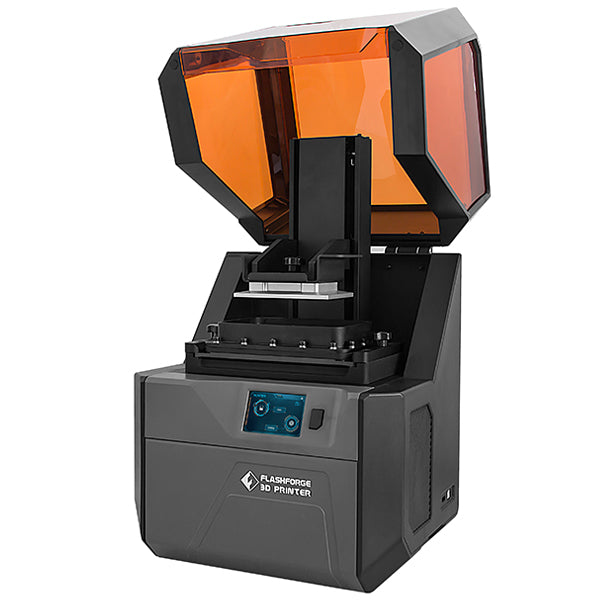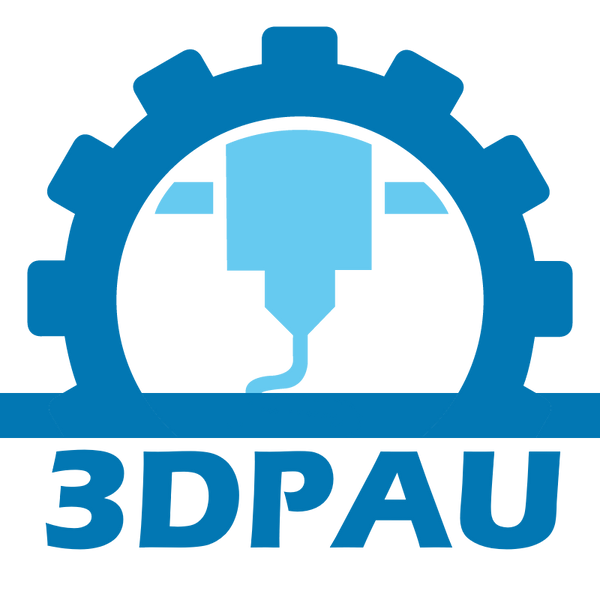In the realm of 3D printing, making the right choice between Resin and Filament printers could be the key to unlocking your creative potential. But how do you decide which one is the best fit for you? Let's delve into the specific features, functionalities, and examples of both to make your decision-making process a breeze.
Resin printers, also known as Stereolithography (SLA) or Digital Light Processing (DLP) printers, use liquid resin as their printing material. When exposed to a light source, this resin hardens, forming your desired object layer by layer. A perfect example of this technology is seen in FlashForge's Foto Series printers.
The Foto Series printers provide immaculate detail, capable of capturing complex geometries with incredible precision. If you're aiming for miniature models, jewelry prototypes, or intricate designs, resin printers like the Foto series might be your go-to choice. However, remember that resin printing can be slightly messier and more time-consuming than its filament counterpart due to post-processing needs like washing and curing.
On the other hand, Filament printers, or Fused Deposition Modeling (FDM) printers, work by melting a plastic filament and extruding it layer by layer to form an object. They offer robustness, flexibility, and a broad range of material options. For instance, FlashForge's FDM printers deliver robust, durable prints and excel in creating larger functional parts, tools, or prototypes. They're also relatively user-friendly, making them suitable for beginners, hobbyists, and educational settings.
Despite being more straightforward to use, FDM printers might not deliver the same level of detail as resin printers. Additionally, the layer lines are often more noticeable, and post-processing might include sanding or painting to achieve a smooth finish.
So, Resin or Filament? Your perfect 3D printer primarily hinges on what you want to create.
If intricate details and smooth surfaces are your priority, and you don't mind the post-processing, then a resin printer like FlashForge's Foto Series may be your best bet. However, if you're looking for a user-friendly, practical, and flexible option for larger, robust models, then an FDM printer from FlashForge's series might be more your speed.
Remember, there's no universal 'best' 3D printer - it's all about discovering the right fit for your specific needs and creative aspirations. So, whether you're a hobbyist, an educator, a professional, or just dipping your toes into the exciting world of 3D printing, understanding the unique capabilities of Resin and Filament printers can make all the difference in your 3D printing journey.
Start the conversation today - are you Team Resin or Team Filament? Share your thoughts, experiences, and queries. Let's explore the future of 3D printing together!


